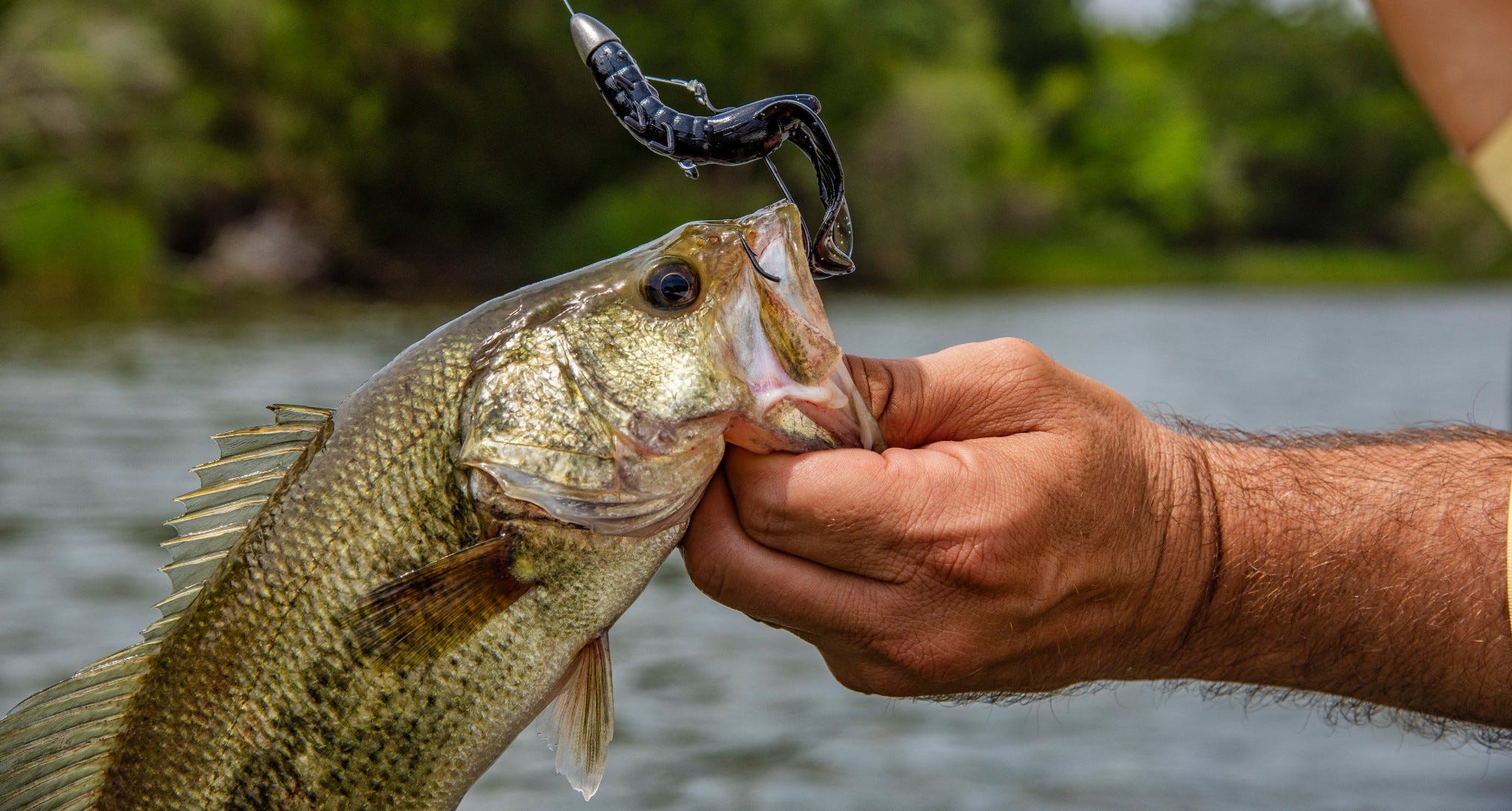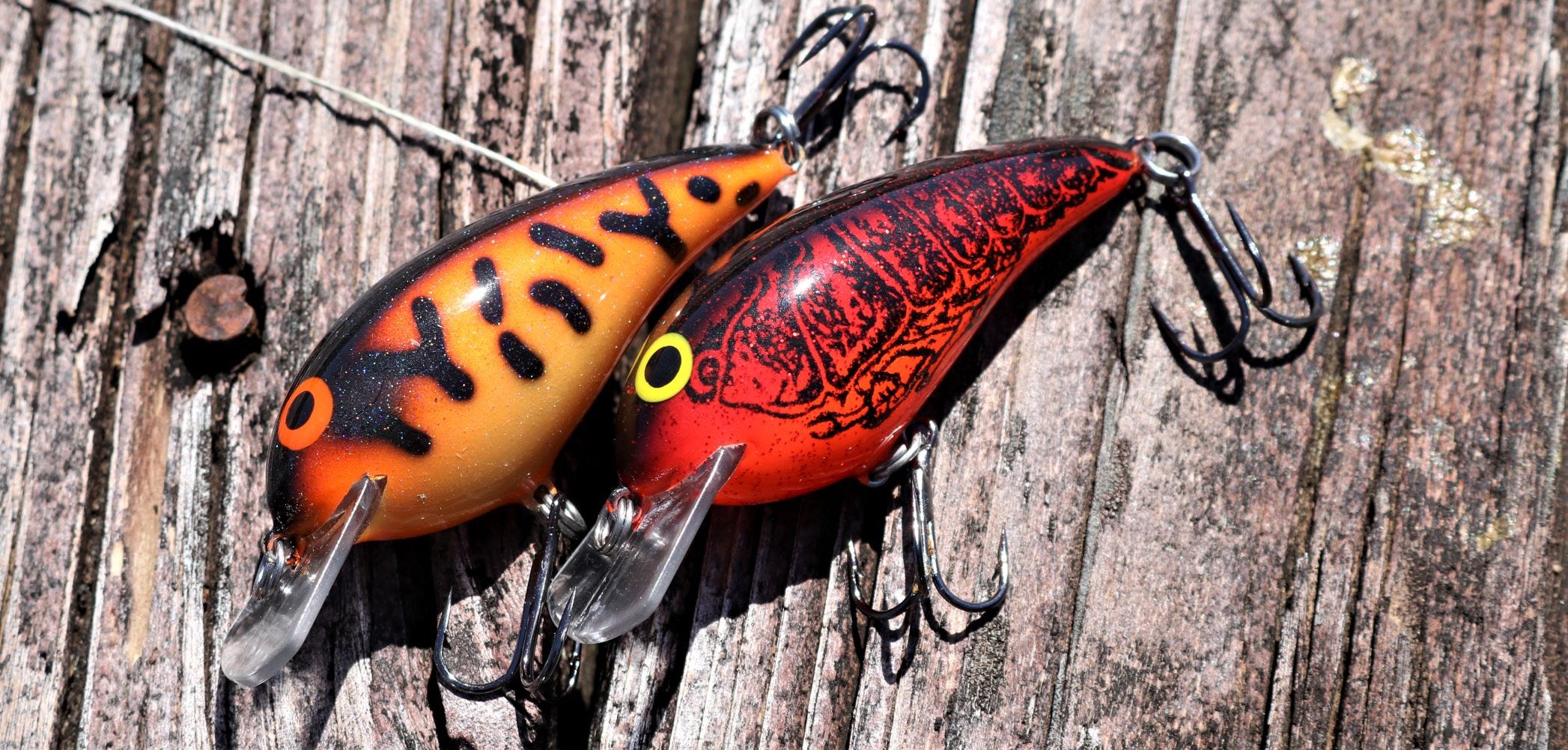- Sep 9, 2022
The 5 Best Ways to Rig a Soft Plastic Crawfish for Bass
Crawfish-imitating soft plastic lures are incredibly versatile and imitate highly favored bass forage. We’ll look at the advantage of five top rigging techniques.
Soft plastic crawfish are among the best lures for catching big bass, whether you’re on a massive reservoir targeting largemouths or a small stream chasing smallmouths. Even spotted bass love crayfish. Everything does, it seems, which is what makes them so effective with so many different techniques.
Crawfish lures come in a wide variety of sizes, colors and designs. You can get tiny craws for small jigheads to throw on wadable streams and catch a zillion hungry bass, or you can get some monstrous craw imitations to fish around wood and vegetation for big brutes. If a soft plastic crawfish can even get to the bottom of a top smallmouth fishery, such as on one of the Great Lakes, it won’t take long for a bronzeback to nosh on it.




